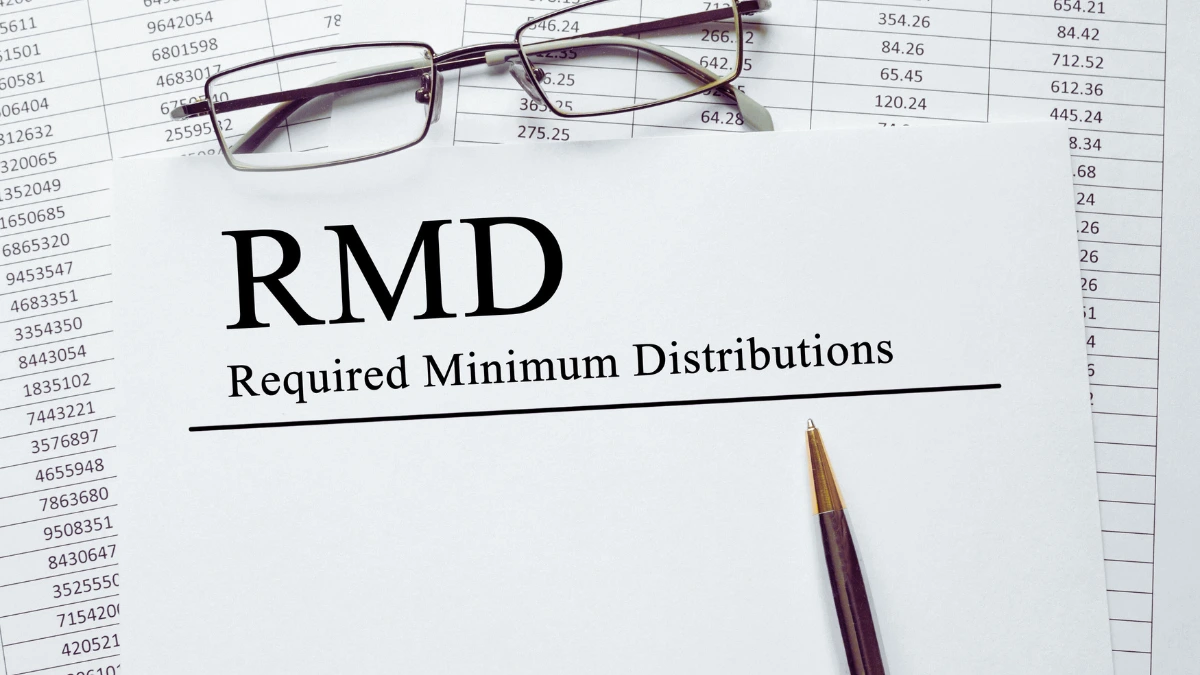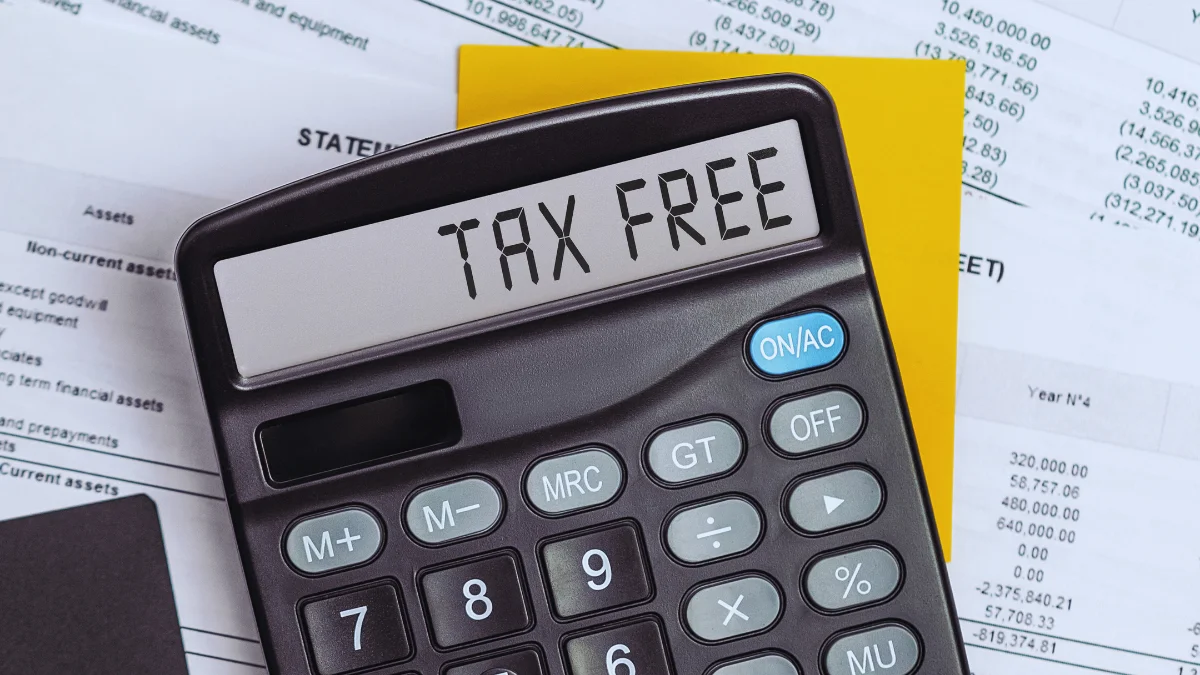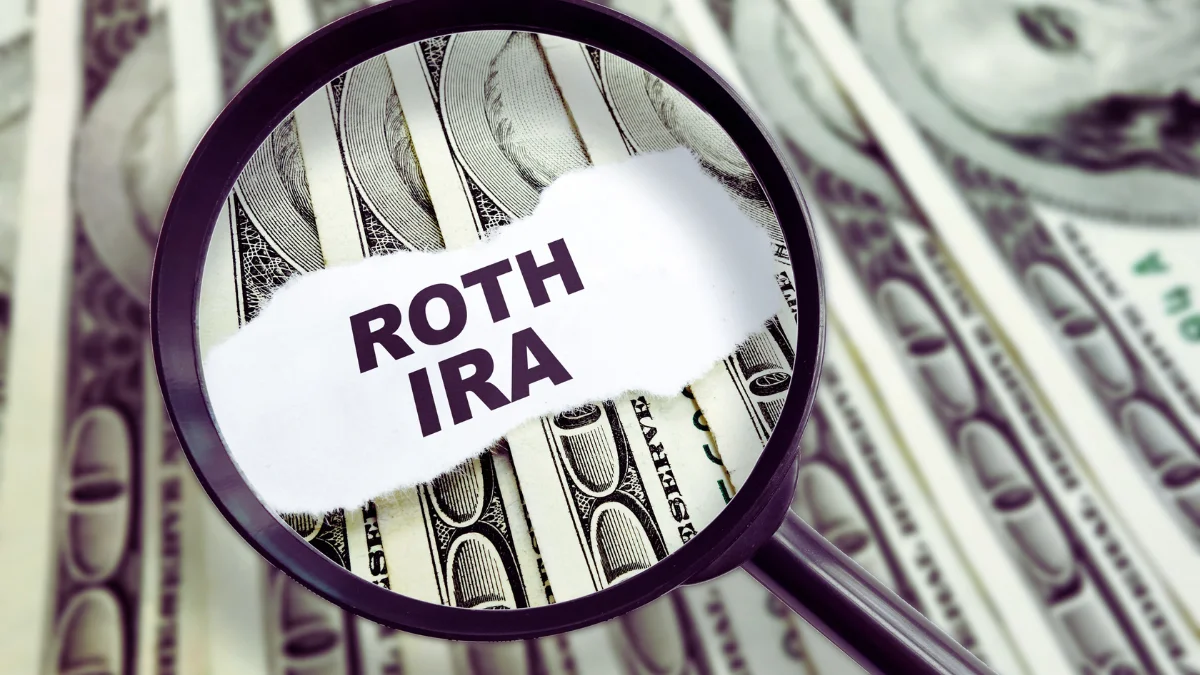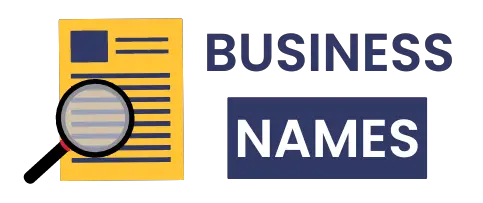Paying more taxes sounds crazy, right? Most people avoid it at all costs. But what if writing a bigger check today could help you keep far more in retirement?
That’s the puzzle millions are facing. Traditional accounts offer tax breaks now, but could trap you later. I’ve wrestled with the numbers, the rules, and the what-ifs—and made my move.
If you’re wondering whether a Roth conversion is worth it, this breakdown explains why I chose to act now to avoid paying much more down the road.
1. Taking Advantage of Today’s Historically Low Tax Rates

Federal income taxes are lower today than they’ve been in decades. Thanks to the 2017 Tax Cuts and Jobs Act, the brackets were compressed, and rates were reduced across the board.
But these lower rates are not permanent. Unless new legislation is passed, they’re scheduled to revert in 2026, and that means higher taxes for most households, especially retirees with substantial traditional IRAs.
By converting some of my traditional IRA into a Roth IRA now, I’m choosing to pay income tax at today’s lower rate rather than risk paying much more in the future.
This gives me the ability to lock in the current tax rate, essentially prepaying the tax bill while it’s discounted. It’s a proactive step that many overlook.
Waiting could cost more than acting now. That’s why this window of opportunity is so important. Every year between now and 2026 is a chance to convert at a rate that might not return for a long time.
2. Reducing Future Required Minimum Distributions (RMDs)

At age 73, the IRS requires that you begin withdrawing from tax-deferred accounts like traditional IRAs and 401(k)s. These Required Minimum Distributions aren’t optional, and they’re taxed as ordinary income.
Even if you don’t need the money, you’re still forced to take it—and pay taxes on it. That can cause your annual tax bill to grow substantially during retirement.
Roth conversions allow me to reduce the size of my traditional IRA over time, which directly reduces how much I’ll be required to withdraw later.
Roth IRAs don’t have RMDs for the original owner, so once the money is in a Roth, it can grow without ever being forced out.
This not only means lower taxable income in my 70s and beyond but also helps me avoid the domino effect of higher Medicare premiums and more Social Security income being taxed. It’s a future-facing tax strategy, not just a retirement savings tweak.
3. Avoiding a Higher Tax Bracket in Retirement

There’s a common belief that taxes go down after retirement, but that’s not always true.
If you’ve saved significantly in pre-tax accounts like a traditional IRA or 401(k), the required withdrawals in retirement could push you into a higher bracket, especially once Social Security and any pensions are included in your income.
By gradually converting to Roth now, I can smooth out my taxable income across several years, staying in a predictable bracket while avoiding sharp spikes later in life.
This lets me manage my overall lifetime tax bill more efficiently instead of getting caught off guard by larger-than-expected distributions.
Tax rates may also rise over the next decade to deal with growing national debt and entitlement program costs.
That makes it even more risky to assume your future bracket will be lower. A Roth conversion is one of the few tools available to counteract that risk while you still control your tax situation.
4. Building a Tax-Free Source of Retirement Income

Money inside a Roth IRA grows tax-free, and more importantly, withdrawals in retirement are also free from federal income tax, provided you meet the five-year and age 59½ rule.
That gives me a powerful source of income that won’t increase my taxable earnings in any given year.
Having a portion of retirement savings in a Roth means I can take out money without affecting how much of my Social Security is taxed or whether I cross into higher Medicare premium brackets.
In years when I need more income or face large expenses, I can withdraw from my Roth without the tax consequences of traditional accounts.
This tax-free pool of funds also allows me to be more strategic. I can choose to live off the Roth when my income is high, and lean on traditional accounts when it’s low, or do the reverse. That level of flexibility makes planning easier and less stressful.
5. Leaving a More Valuable Inheritance to My Heirs

The rules for inherited retirement accounts changed under the SECURE Act. Now, non-spouse beneficiaries must fully empty inherited IRAs within ten years.
That can push them into higher tax brackets, especially if they’re already earning well. A large traditional IRA inheritance could create an unexpected tax headache.
With a Roth IRA, it’s different. The ten-year rule still applies, but the withdrawals are tax-free for the beneficiary. That gives my heirs more flexibility and helps them preserve the full value of the account.
They won’t be forced to add large taxable income during their peak earning years, which could lead to unnecessary tax penalties.
By converting now, I’m shifting the tax burden to myself during a time I can manage it.
This allows me to pass on more real value—growth that’s already taxed and future earnings that will remain untouched. It’s not just thoughtful planning; it’s also a tax-smart gift to the next generation.
6. Gaining More Financial Flexibility in Retirement

Once money is inside a Roth IRA, no rules force me to take distributions. That’s a stark contrast to traditional accounts, where the government begins forcing withdrawals starting at age 73.
This flexibility gives me the ability to structure my retirement income in ways that align with my goals and needs.
Because Roth withdrawals don’t count as taxable income, I can use that money without raising my overall tax bill. This is especially useful for managing thresholds tied to healthcare subsidies or Medicare premiums.
It also allows me to avoid unplanned tax jumps when I need to make larger purchases or cover emergency expenses.
Being able to decide how and when I take money from my savings makes a big difference. Retirement isn’t predictable.
Market downturns, healthcare costs, or even inflation can change the picture quickly. A Roth IRA acts as a pressure release valve, offering flexibility when other accounts might lock me in.
7. Doing Strategic Partial Conversions Each Year

Converting a large traditional IRA to a Roth all at once could mean a massive tax hit. Instead, I’m spreading conversions out across several years.
Each year, I evaluate how much income I have and how much room I have left in my current tax bracket. Then I convert just enough to stay within that bracket.
This keeps my annual tax bill reasonable and allows me to steadily shift money into the Roth without jumping into higher brackets. It’s a measured approach that balances tax efficiency with long-term goals.
I also pay close attention to how conversions affect my Medicare premiums and avoid crossing those IRMAA thresholds when possible.
Planning conversions year by year gives me full control. I can adapt based on income, market returns, or tax law changes. It’s not about rushing the process—it’s about using each year wisely to reposition my savings for the future.
8. Planning for Long-Term Tax Savings, Not Just This Year

Roth conversions often increase your tax bill in the short term. But focusing only on this year’s tax return misses the bigger picture.
My goal is to reduce my total tax bill throughout my retirement, not just in one year. That means thinking 10, 20, even 30 years ahead.
Once funds are in a Roth IRA, they grow without any future tax. That includes interest, dividends, and capital gains.
Over time, that kind of compounding can add up to significant savings. And when I withdraw the money, I keep every penny: no surprises, no extra taxes, no adjustments to other benefits.
There’s also peace of mind knowing I’ve reduced the future burden on both myself and my heirs. I’m paying a predictable amount today to protect myself from unpredictable taxes later.
Long-term, this kind of planning adds stability and helps preserve wealth through retirement and beyond.

